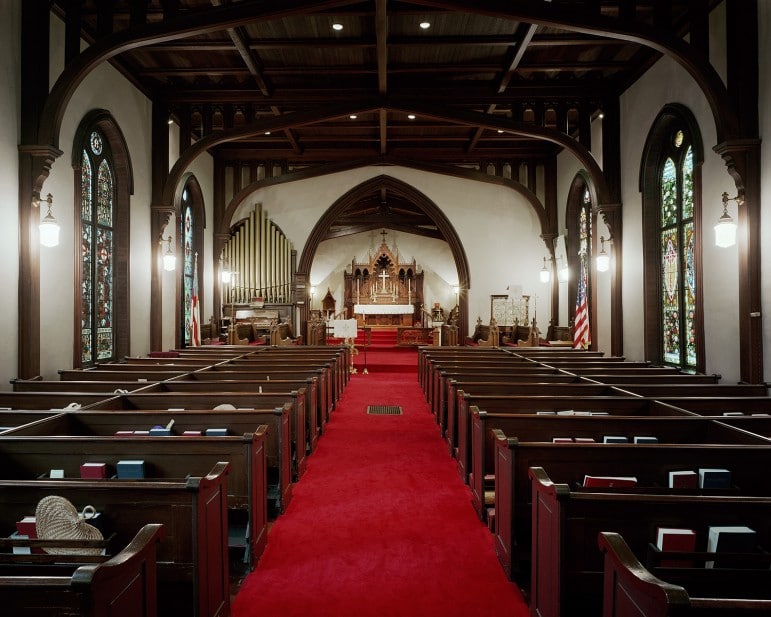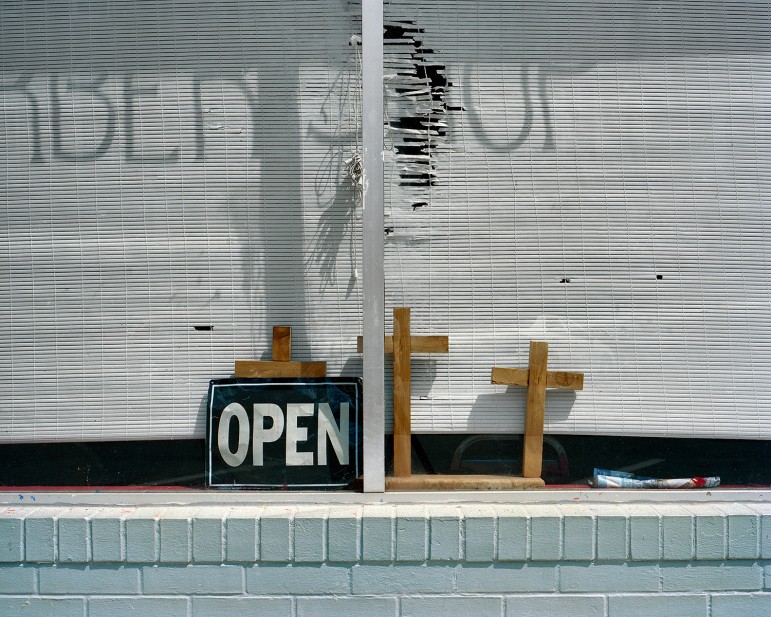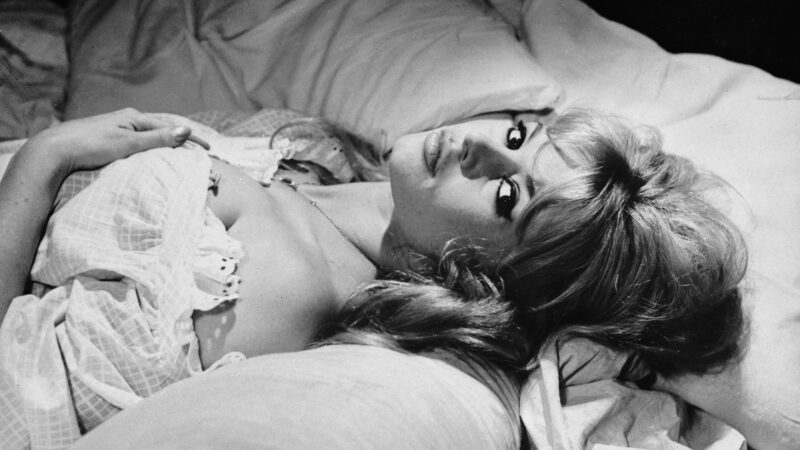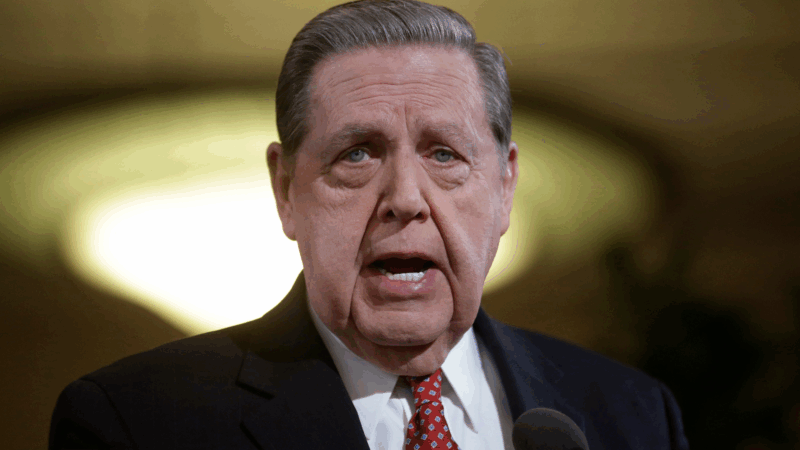“What’s Lost is Found” — Photographs of Hale County
For decades, photographers have captured Hale County in Alabama’s Black Belt. Photojournalist Walker Evans documented families there suffering from the Great Depression. Starting in the 1960s, Alabama-native William Christenberry took pictures of decaying buildings. Now photographer Lauren Henkin can add her work to the tradition.
Last year, Henkin spent a month in Hale County as an artist-in-residence sponsored by the Do Good Fund, which supports photography of the South. Some of those pictures will be displayed in an exhibit called “What’s Lost is Found.” It opens Friday at the Birmingham Museum of Art where she’ll also give a talk about the work.
Henkin spoke with WBHM’s Andrew Yeager.
Excerpts from the interview:
“What I was trying to avoid were some of the more stereotypical images of social and economic divide that you see a lot coming from the rural South and really just trying to explore what I found and to leave some ambiguity in the photographs so that the viewers could impart their own narrative.”
“I spent a lot of time in church, which is very unusual for me. I wouldn’t describe myself as a religious person. But what I started to see and I think this happens over a period of time…you start to see either certain colors or certain things or certain objects and then you become sort of drawn to those particular things.”
“I started noticing this element of spirituality almost everywhere from these wooden crosses that are in a barber shop window, to the light hitting a freshly dug grave, to the people.”
“I was in one church service and the pastor kept saying, ‘The life of the flesh is in the blood. The life of the flesh is in the blood. The life of the flesh is in the blood.’ These are, honestly, phrases that I have never even heard before. And the more he said it, the more I started to think about these sort of bloodied roads, the animals that I saw. There’s one photograph of a deer head that literally had just been removed from the body. There’s this balance there between life and death that I haven’t felt anywhere else that I’ve photographed. That was amazing to me.”
“My camera is basically the same kind of camera that [Western photographer] Ansel Adams used except half the size. It’s a four by five, large format field camera. And it’s my favorite camera to use because I make the best pictures with it.”
“You see the image upside down, which for me actually helps because it completely abstracts the image. I can focus more on form than, like, this tree and how am I going to photograph this tree. I start to notice things around the tree and what’s happening in the foreground and behind it. It’s an interesting process. And it’s fantastic for starting conversations on the street.”
Memory loss: As AI gobbles up chips, prices for devices may rise
Demand for memory chips currently exceeds supply and there's very little chance of that changing any time soon. More chips for AI means less available for other products such as computers and phones and that could drive up those prices too.
Brigitte Bardot, sex goddess of cinema, has died
Legendary screen siren and animal rights activist Brigitte Bardot has died at age 91. The alluring former model starred in numerous movies, often playing the highly sexualized love interest.
For Ukrainians, a nuclear missile museum is a bitter reminder of what the country gave up
The Museum of Strategic Missile Forces tells the story of how Ukraine dismantled its nuclear weapons arsenal after independence in 1991. Today many Ukrainians believe that decision to give up nukes was a mistake.
Jeffrey R. Holland, next in line to lead Church of Jesus Christ of Latter-day Saints, dies at 85
Jeffrey R. Holland led the Quorum of the Twelve Apostles, a key governing body. He was next in line to become the church's president.
Winter storm brings heavy snow and ice to busy holiday travel weekend
A powerful winter storm is impacting parts of the U.S. with major snowfall, ice, and below zero wind chills. The conditions are disrupting holiday travel and could last through next week.
Disability rights advocate Bob Kafka dead at 79
Bob Kafka was an organizer with ADAPT (American Disabled for Attendant Programs Today), a group which advocates for policy change to support people with disabilities.











